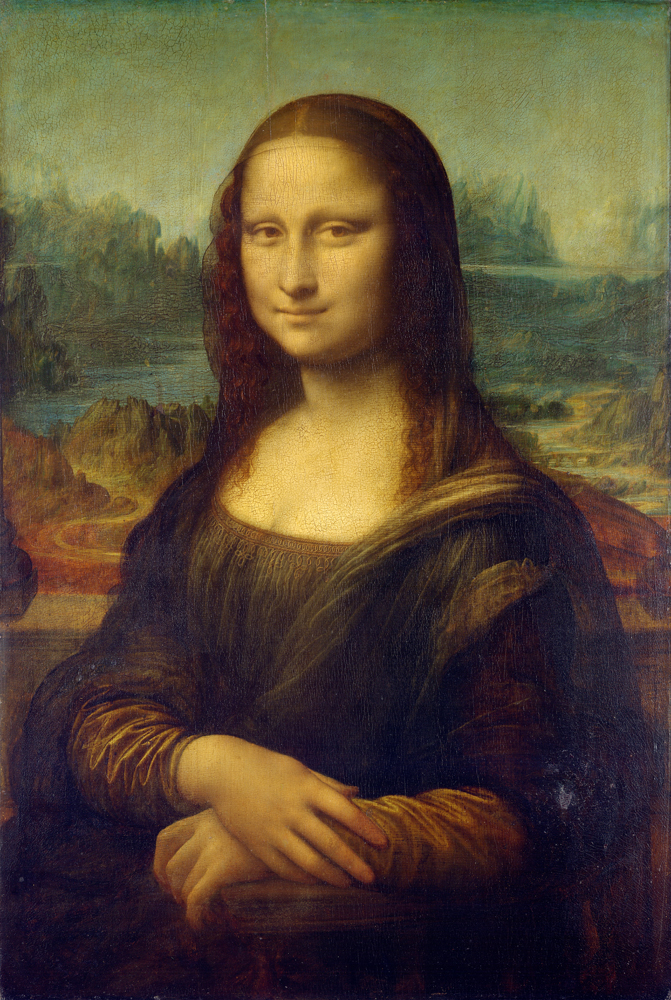| About | Issues | Poetry | Essays | Submit | Order |

|
|||
This is the famous passage, from the chapter on Leonardo.
This is very different from Vasari's description of the painting. Here La Gioconda is an object of desire, an exotic disease of the imagination, a product of history, embodying the animalism of Greece, the lust of Rome, the reveries of the middle age, and so on. She is, besides, a vampire, a revenant, a mutable figure, now classical now Christian, and finally 'the idea of humanity as wrought upon by and summing up in itself all modes of thought and life.' In comparing Vasari's perception of the Mona Lisa with Pater's we understand that we are dealing with two different ways of seeing. Both seem to be trying to present an object to us — the same object — but from different points of view: one, Vasari's, as a miracle, not so much of verisimilitude — since Vasari did not know the sitter — but of lifelikeness or liveliness, or at least a conjuring of presence imbued with life; the other, Pater's, as a complex image of power that is composed of feelings about women, desire, mothers, guilt, danger, failure and a great many other things. Pater is trying to articulate an internal condition triggered by the painting. Where Vasari sees imitation, Pater sees imagination; where Vasari sees paint transformed into the conjuration of physical life, Pater sees the power of metaphor and association, a mutable spirit. * Ekphrasis is a Greek term meaning "an extended and detailed literary description of any object, real or imaginary" but is generally used in reference to words about visual images. It served as an exercise in rhetoric where it might be described as 'a vivid description intended to bring the subject before the mind's eye'. And latterly, and more simply still, as a form of poetry that deals with art. Strictly speaking ekphrasis is deemed to have three phases. One of the leading theoreticians of ekphrasis, W. J. T. Mitchell, has an essay in which he demonstrates these phases. He begins with the idea of radio photographs, recalling a radio comedy show in which a duo called Ray and Bob discuss photographs. Bob shows Ray photographs and Ray responds. The radio audience can't see anything of course and that precisely is the point of the joke. No one expects to see photographs over the radio. There is not the slightest chance you could. This, says Mitchell, is the stage of ekphrastic indifference. |
|||
from Number 1, June 2012 >> Table of Contents |
|||


